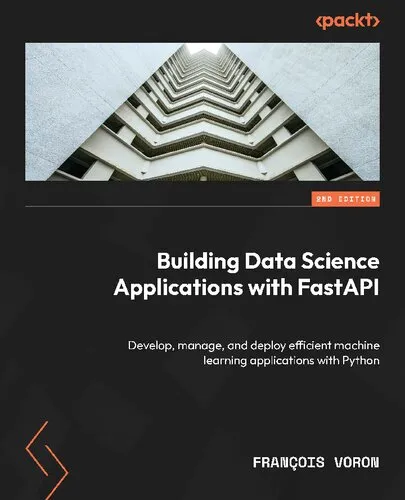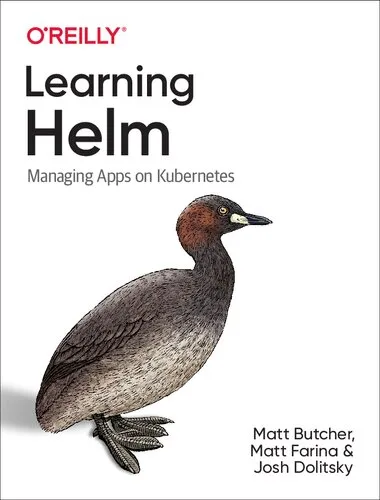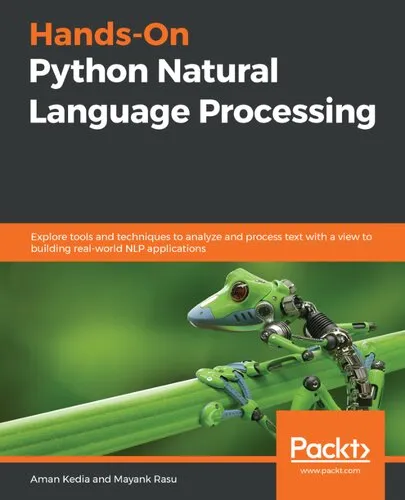Fractional Differential Equations: An Introduction to Fractional Derivatives, Fractional Differential Equations, to Methods of Their Solution and Some of Their Applications
4.7
Reviews from our users

You Can Ask your questions from this book's AI after Login
Each download or ask from book AI costs 2 points. To earn more free points, please visit the Points Guide Page and complete some valuable actions.Related Refrences:
Introduction to Fractional Differential Equations
Fractional Differential Equations: An Introduction to Fractional Derivatives, Fractional Differential Equations, to Methods of Their Solution and Some of Their Applications is a comprehensive and meticulously structured resource aimed at both beginners and advanced researchers in mathematics, physics, and engineering. Written by Ignor Podlubny, this text bridges the gap between classical derivatives and fractional calculus, exploring a branch of mathematics that has increasingly found use in modeling real-world phenomena.
Fractional calculus, unlike the traditional integer-order calculus, allows for the exploration of derivatives and integrals of arbitrary order, providing advanced methods to describe memory, nonlocality, and hereditary properties in various systems. This book stands as a gateway to understanding fractional derivatives, fractional differential equations, and their broad range of applications in control theory, signal processing, viscoelasticity, bioengineering, and beyond.
Detailed Summary of the Book
The book begins with a historical overview of fractional calculus, taking readers on a journey from mathematicians such as Leibniz and Riemann to present-day applications. The introductory chapters carefully define fractional-order derivatives, providing insights into their various interpretations (including Riemann-Liouville, Caputo, and Grunwald-Letnikov definitions). This establishes a firm theoretical framework for readers who may be new to this intriguing topic.
Subsequent chapters delve deep into fractional differential equations (FDEs), which extend traditional differential equations by incorporating fractional-order derivatives. The author champions a balance between theory and practice, offering step-by-step methods for solving linear and nonlinear FDEs. These methods include separation of variables, the Laplace transform, and numerical techniques, ensuring a holistic understanding of the subject.
A dedicated section highlights some remarkable applications of fractional differential equations. From modeling viscoelastic materials to representing anomalous diffusion in physics and biology, the book illustrates how fractional calculus transcends disciplines. The ease with which traditional integer-order models can be generalized using fractional concepts is among the most compelling reasons for their adoption.
Key Takeaways
- A thorough introduction to fractional derivatives and their mathematical foundations.
- Systematic methods for solving fractional differential equations using analytical and numerical approaches.
- Insight into various forms of fractional derivatives, including their advantages and disadvantages.
- Practical applications of fractional calculus in scientific and engineering domains.
- Clear and concise explanations with numerous examples and exercises for self-study.
Famous Quotes from the Book
"The theory of fractional calculus reveals the reality that nature does not always adhere to the neat and linear understanding provided by classical integer-order models."
"Fractional differential equations open a new dimension to modeling, capturing complexities that elude traditional methods."
Why This Book Matters
In the evolving landscape of mathematics and applied sciences, fractional calculus has emerged as an essential tool for addressing complex systems with memory and non-local characteristics. This book equips readers with the theoretical and computational tools to study fractional differential equations, a rapidly growing area of research with practical implications across multiple fields.
Traditional methods often fall short of describing systems with hereditary properties, viscoelastic effects, or anomalous transport. By illuminating how to effectively use fractional derivatives and equations, this book has planted itself firmly at the intersection of theory and application. Whether you are an academic, a practitioner, or a student, it provides clear guidance on how fractional models can be applied to solve real-world problems.
As the importance of nonlocal models grows, so does the relevance of this book. It empowers readers with a deep understanding of fractional-order systems, fosters cross-disciplinary research, and ensures they remain at the forefront of this exciting scientific frontier.
Free Direct Download
You Can Download this book after Login
Accessing books through legal platforms and public libraries not only supports the rights of authors and publishers but also contributes to the sustainability of reading culture. Before downloading, please take a moment to consider these options.
Find this book on other platforms:
WorldCat helps you find books in libraries worldwide.
See ratings, reviews, and discussions on Goodreads.
Find and buy rare or used books on AbeBooks.
1399
بازدید4.7
امتیاز0
نظر98%
رضایتReviews:
4.7
Based on 0 users review
Questions & Answers
Ask questions about this book or help others by answering
No questions yet. Be the first to ask!
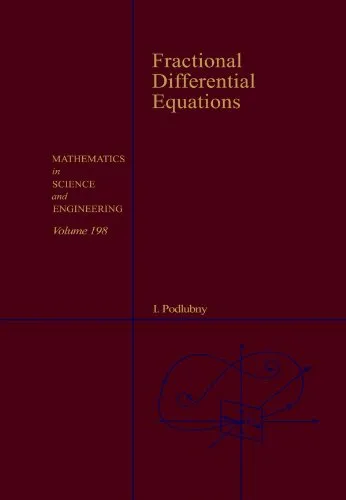

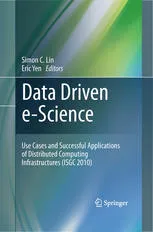
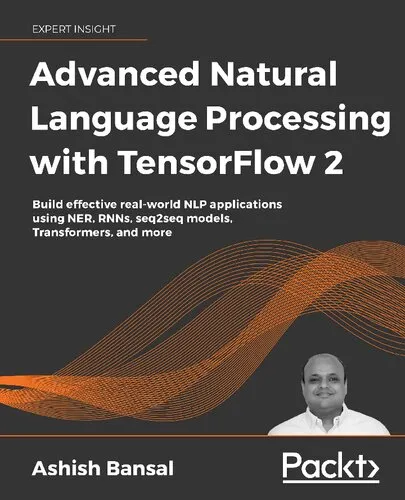
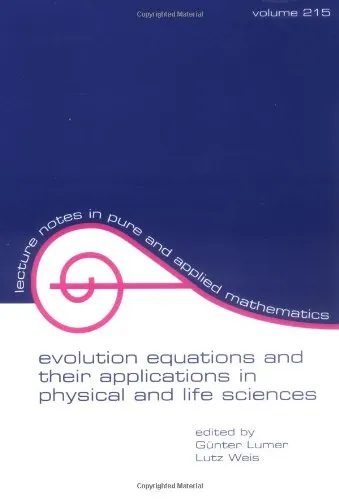
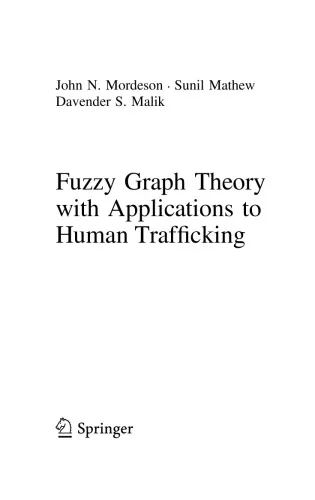
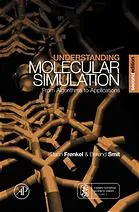

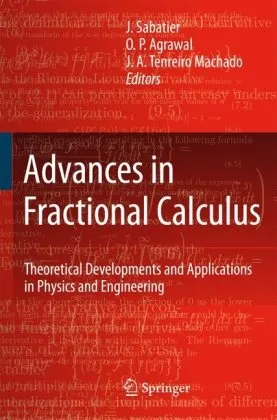

![Building Data Science Applications with FastAPI: Develop, manage, and deploy efficient machine learning applications with Python [Team-IRA]](https://s3.refhub.ir/images/thumb/Building_Data_Science_Applications_with_FastA_31328.webp)
